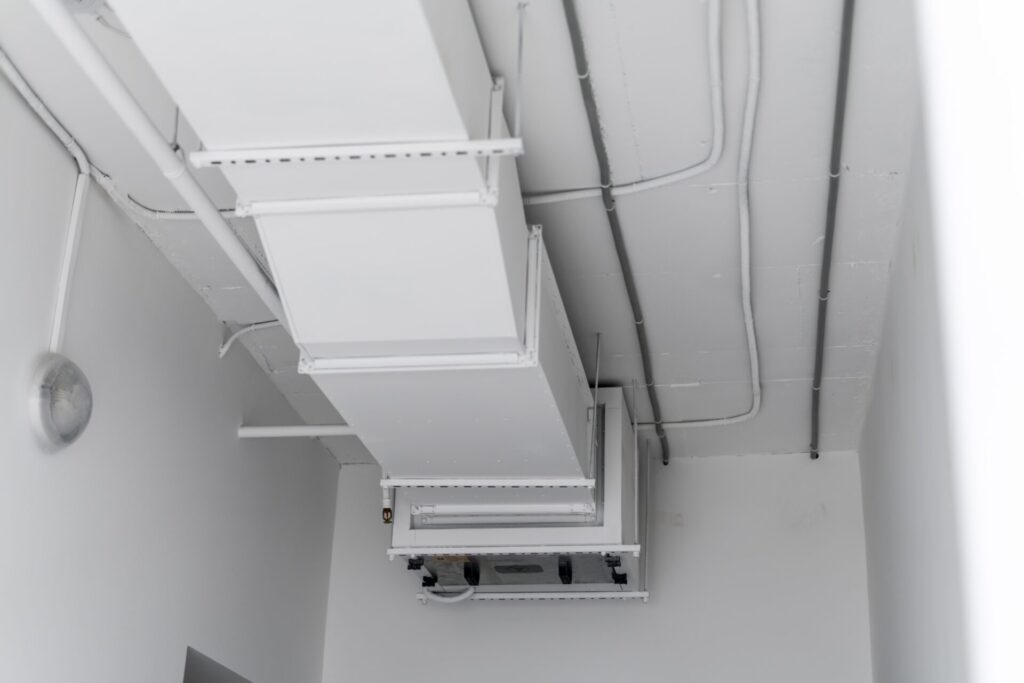Air quality plays a significant role in keeping your home comfortable and energy-efficient. In Southwest Missouri, where both hot, humid summers and chilly winters can make indoor air feel stale, your home's ventilation system must work properly. An ERV system is one solution homeowners are increasingly turning to.
What Is an ERV System and How Does It Work?
An Energy Recovery Ventilation (ERV) system is a type of home ventilation system designed to bring fresh air into your home while conserving energy. It works by transferring heat and moisture between incoming and outgoing air streams, balancing the temperature and humidity levels inside your home. Here's how an ERV system works:
- Fresh air is drawn in from the outside, while stale air simultaneously gets expelled from the inside out.
- As these two air streams pass through the ERV unit, the system recovers some of the heat and moisture from the expelled air.
- In winter, the ERV system preheats and humidifies the incoming fresh air, making it more comfortable indoors without overworking your heating system.
- In summer, the ERV does the opposite by cooling and dehumidifying the fresh air, which reduces the load on your air conditioner.
This energy-efficient ventilation process makes an ERV system ideal for homeowners in Missouri, where weather extremes can strain HVAC systems. By moderating indoor humidity levels, the ERV helps to prevent mold growth and maintain a more consistent indoor climate.
ERV vs. HRV: Why ERV Systems Are Used in Missouri Homes
You may have heard of Heat Recovery Ventilation (HRV) systems, which function similarly to ERV systems. An HRV transfers heat but doesn't control moisture. An HRV system might work well in climates with more predictable humidity levels, but the fluctuating weather in Southwest Missouri makes an ERV system the better choice.
Missouri's high humidity in the summer and dry conditions in the winter make managing both heat and moisture critical for indoor comfort. ERV systems can handle this, offering superior moisture control while providing the benefits of a heat exchange process. That's why ERV systems are commonly recommended for Missouri homes—they effectively balance temperature and humidity, helping to improve indoor air quality year-round.
Who Needs an ERV System?
ERV systems are good investments if you're looking to improve your indoor air quality while maintaining energy efficiency. If your home is sealed tightly for energy conservation (as many newer homes are), fresh air circulation can be limited. This can lead to stale, unhealthy indoor air. An ERV system continuously brings in fresh air while minimizing energy waste.
Where Would You Find the ERV System in Your Home?
The answer depends on the layout of your HVAC system. Most ERV systems are near the furnace or air handler for optimal air exchange. You'll often find them in utility rooms, basements, or crawl spaces, and they connect to your existing ductwork. Your HVAC contractor can help determine the best placement to maximize the system's efficiency.
Work With ERV Experts
For homeowners and business owners in Southwest Missouri, installing an ERV system can improve comfort, indoor air quality, and energy savings. An ERV system efficiently manages heat and moisture, making it an excellent choice for our region's unique climate.
If you're looking for expert advice or installation services, Clements Plumbing, Heating, and Air can help. Reach out today to learn more about how an ERV system can improve your home's comfort and efficiency.
